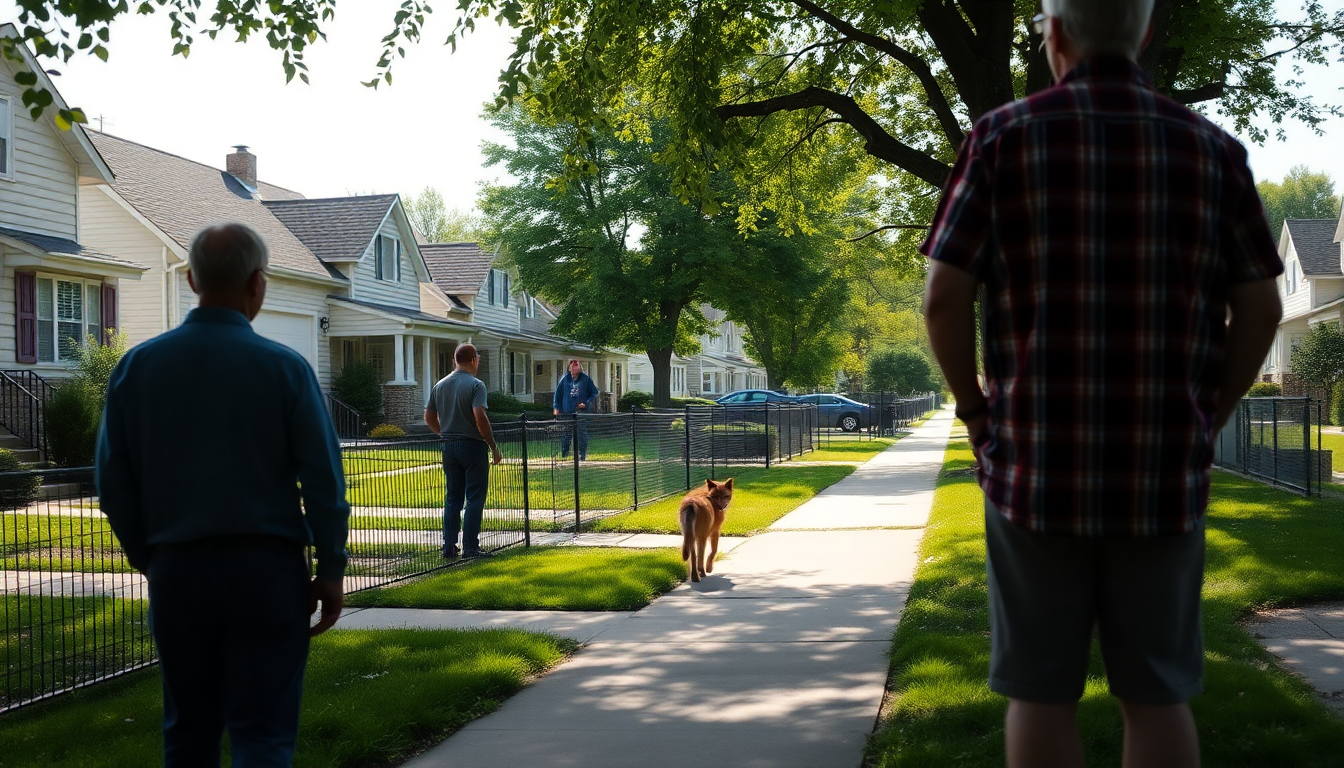Table of Contents
Recently, residents of Nobelton have been on high alert due to the increasing presence of coyotes in their neighborhood. One particularly alarming incident involved a young boy who was bitten, highlighting the importance of staying informed about wildlife interactions in suburban areas. So, how can we coexist with these creatures safely and ensure everyone’s well-being?
What Happened with the Coyotes?
On June 29, around 12:14 p.m., York Regional Police responded to reports of a concerning animal incident near Highway 27 and King Road. Upon arrival, officers discovered a 12-year-old boy with minor injuries from a coyote bite. Authorities have noted that coyote sightings in the area have been on the rise, which has led them to issue a public warning urging residents to be cautious when spending time outdoors.
As urban areas expand into natural habitats, the chances of encountering wildlife—especially coyotes—increase. While these animals usually keep their distance from humans, they can become bold when they find easy food sources. That’s why local police are encouraging everyone to stay alert and aware of their surroundings while out and about.
How to Stay Safe Around Coyotes
The City of Vaughan has shared some useful tips for residents on how to deal with coyote encounters. A key piece of advice is to never feed wild animals, as doing so can encourage them to approach people. It’s also important to keep your distance from coyotes and ensure that pets are leashed when outside. This not only protects your furry friends but also helps prevent coyotes from getting too used to human presence.
If you do spot a coyote, staying calm is crucial. Avoid sudden movements; instead, try making loud noises or using deterrent tools to scare it off. If you’re with a pet, pick it up if you can, but avoid turning your back on the animal. Being aware and prepared can make all the difference in ensuring both your safety and the well-being of our local wildlife.
Working Together for Wildlife Safety
Communities have a vital role to play in reducing negative encounters with wildlife. By educating residents about local animals and promoting responsible behavior, we can significantly lower the chances of incidents. Community forums, informative pamphlets, and local wildlife workshops are excellent ways to foster a better understanding of why wildlife conservation and coexistence matter.
As urban development continues to grow, it’s essential for residents to adopt practices that support both their safety and the environment. By respecting wildlife and following safety guidelines, communities can thrive alongside their animal neighbors while minimizing potential risks. Building a culture of awareness and education will not only benefit residents but also our local ecosystem. So, let’s work together to make our neighborhoods safer for everyone—humans and wildlife alike!


